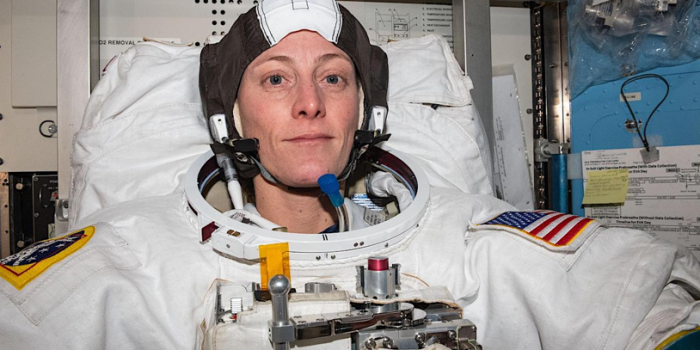On Thursday, NASA astronaut Loral O’Hara and ESA commander Andreas Mogensen will embark on a mission with profound implications: a spacewalk to collect samples from the exterior of the International Space Station (ISS). Their objective? To swab for evidence of microorganisms that may be clinging to the ISS, surviving under some of the most extreme conditions known to us.
For years, scientists have been intrigued by the possibility that some of the world’s hardiest microorganisms might endure the harsh environment of outer space, offering vital insights into the quest for extraterrestrial life. One significant experiment in this regard occurred in 2015 when astronauts attached a container to the ISS, exposing microbes to cryogenic temperatures and intense radiation.

As detailed in a 2020 paper, a team of Japanese researchers were astonished to find that a bacterium known as Deinococcus radiodurans, placed in the container, seemed to thrive for three years in the vacuum of space, leaving microbiologists baffled.
Further, a separate experiment conducted by the German Aerospace Center from 2014 to 2016, known as the Biology and Mars Experiment (BIOMEX), demonstrated that even simpler life forms could withstand the extreme conditions outside the ISS. These findings suggest that microbial life might have the potential to traverse vast distances, possibly facilitating the transfer of rudimentary life forms between celestial bodies, such as Earth and Mars.

Astrobiologist Jean-Pierre Paul de Vera, commenting on the BIOMEX experiment, emphasized, “Of course, this does not mean that life actually exists on Mars. But the search for life is more than ever the strongest driving force for the next generation of missions to Mars.”
In essence, we are only scratching the surface of comprehending how life, as we know it on Earth, could endure beyond the protective embrace of our planet’s atmosphere. On Thursday, as O’Hara and Mogensen collect swabs from the ISS’s exterior, they are taking a significant step toward unlocking the mysteries of life’s tenacity in the cosmos. Their mission promises to advance our understanding of whether we are truly alone in the universe, and we eagerly anticipate the revelations they bring back.


